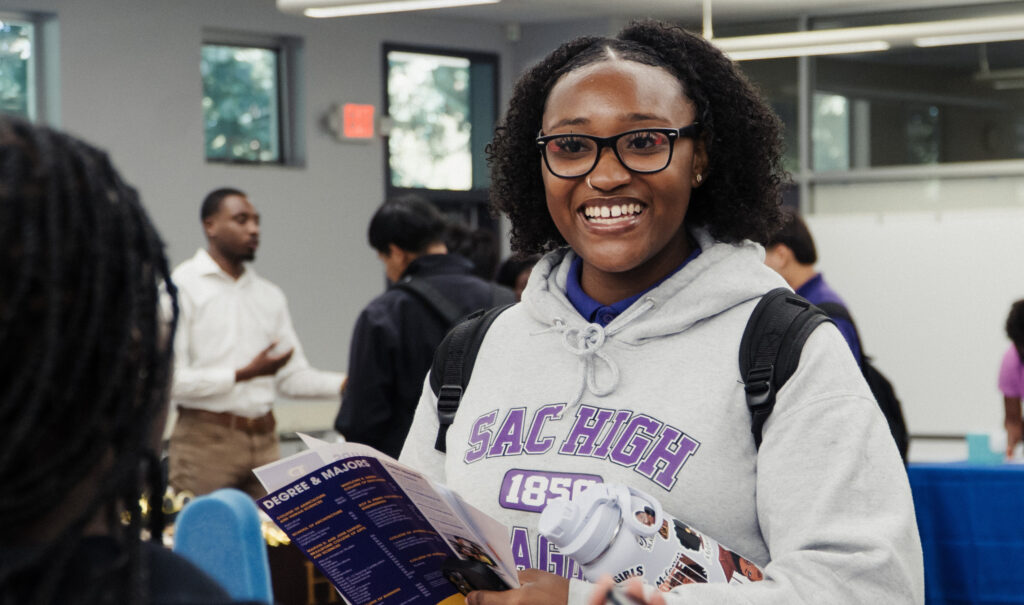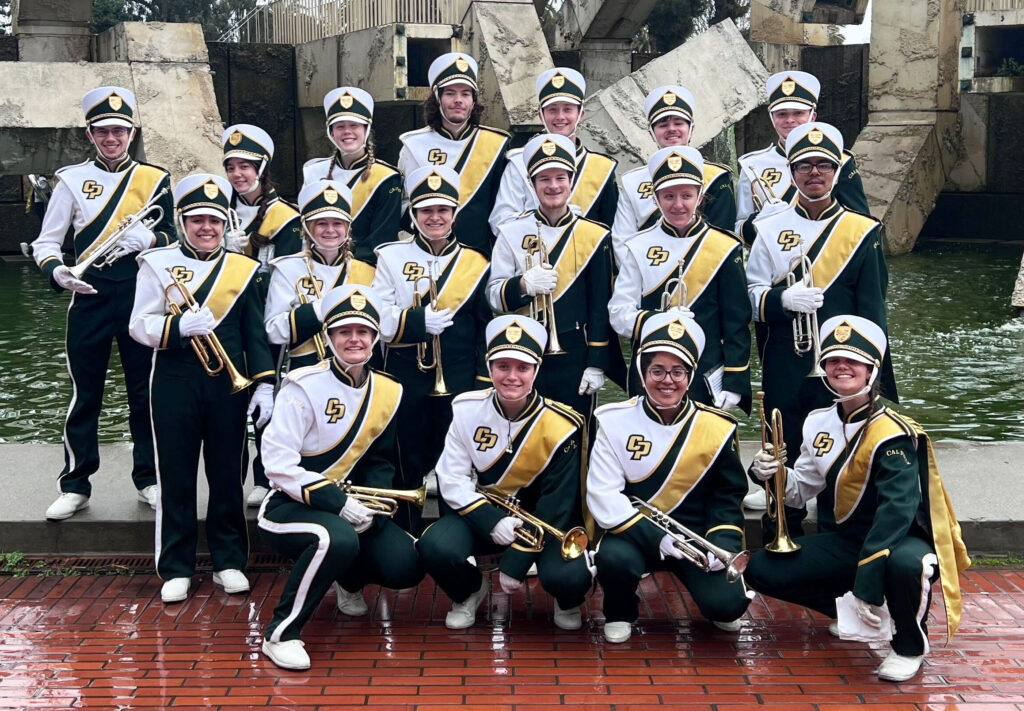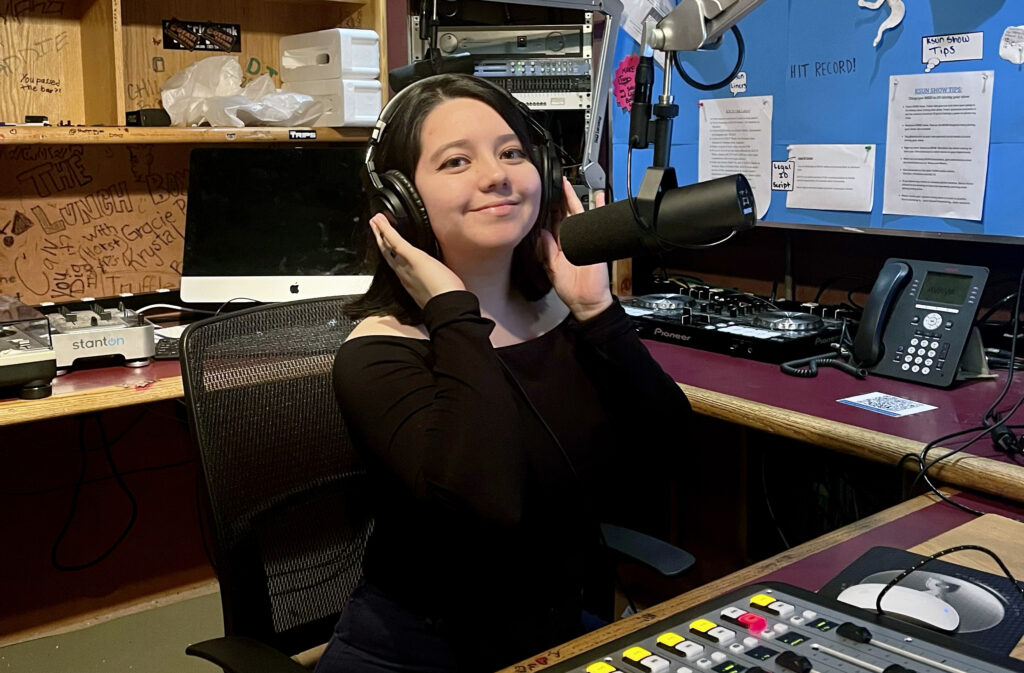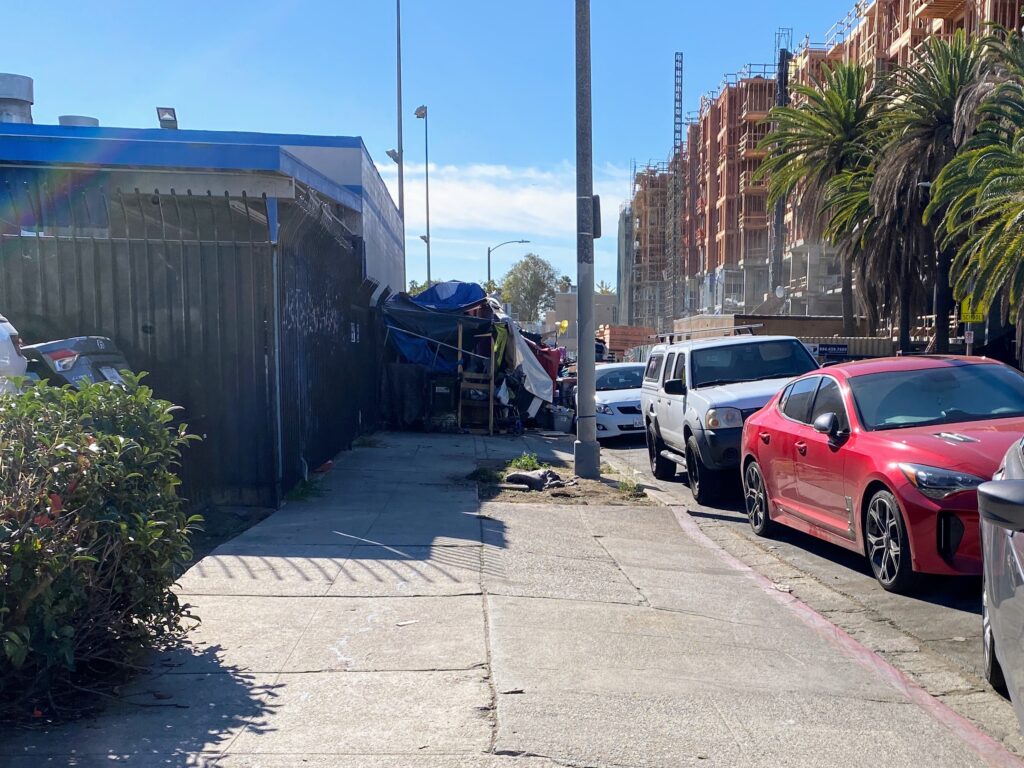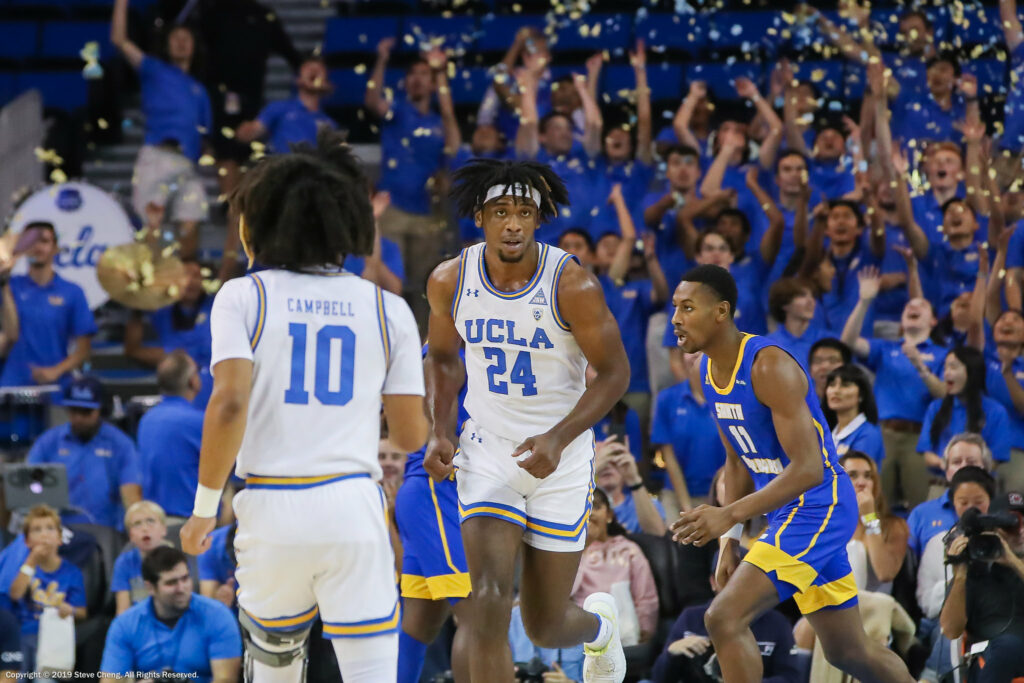
Photo: Shutterstock
Many colleges and universities in California are currently expanding the ways students can receive credit for prior learning, an increasingly popular practice of awarding college credit to students for knowledge they acquired outside a college setting.
Proponents of granting credit for prior learning, often referred to by its acronym CPL, point out that Advanced Placement or International Baccalaureate tests are very common ways that students receive credit for college classes before they attend college. But there is an effort to broaden the ways that students may be able to receive credit for what they’ve learned outside a college classroom, whether on the job, through volunteering or even a hobby, such as photography or playing an instrument.
In the past few weeks, Gov. Gavin Newsom praised the notion of giving credit for prior learning as an important way to recognize the skills that adults pick up in the military or even volunteering through the California Service Corps.
Many educators say this is an important step toward promoting equity in their institutions. It’s a way to recognize the academic value of work, particularly for students who may have left college to work or started college later in life. Proponents say it can save students time and money, making graduation more likely.
Does my college or university offer credit for prior learning?
Because this is an arena of education that is rapidly evolving, it can be difficult for students to figure out whether they may qualify for credit. Right now, that depends on the policies at any given institution or academic department.
College advisers or faculty members are a good starting point. Veterans may also want to speak to the department that supports veterans. Many institutions are currently refreshing their policies for giving credit for prior learning and outlining them in their course catalogs.
How can credit for prior learning help students?
Students can fulfill general education or major requirements before even showing up to school. This means that they’re able to graduate with a degree or credential more quickly — which also means that they’re more likely to graduate. This can save students time and money.
A study by the Council for Adult and Experiential Learning found that students who started school with 12 credits could save between $1,500 to $10,500 and nine to 14 months, depending on the institution.
The study found that 48% of students over 25 years old who had obtained credit for prior learning completed their degree or certificate within 7.5 years, compared with 27% of students who had no credit. The completion rate was even higher, at 73%, for credit received outside the military.
There are also important psychological benefits to students who start college with credit under their belts. These students begin their college careers with a sense of momentum and accomplishment, according to Tina Barlolong, career center co-coordinaor at Palomar College in San Marcos.
Are there any drawbacks?
Taking a college course just for the sake of taking a course has risks, and the same is true for pursuing credit for prior learning. It takes a lot less time and money than a full course, but students on financial aid or veterans on the GI Bill, for instance, could run out of funding before they’ve attained a degree if they pursue unnecessary credit.
Proponents of credit for prior learning encourage students to discuss their best options with a counselor, adviser or a faculty member in a student’s field of study. They can ensure that the credit in question will serve a purpose, such as fulfilling a general education or major requirement.
What are some common methods of receiving credit for prior learning?
It may be as simple as passing a challenge test required by a department. The College Board offers a way to test out of college-level material through its College-Level Examination Program, usually referred to as CLEP in the field.
Portfolio reviews are common in the arts. That means a professor or committee may review paintings, photography or graphic design before deciding to award a student credit. A portfolio could also be used to assess a student’s business skills.
Playing music or acting out a scene may be a way to earn credit in the performing arts. Beginning piano is a popular course.
Some students may have obtained a certificate or license in their job that is the equivalent of what they would learn in a college course. Certifications offered by Microsoft or Google that allow students to receive credit for basic computing are common.
The American Council on Education offers many colleges and universities guidance on how to award credit. That can include deciding whether military or corporate training meets academic standards.
Are veterans eligible for credit for what they have learned while in the military?
Yes. In fact, the study by the Council for Adult and Experiential Learning found that 68% of students who received credit for prior learning earned it through the military.
Credit for prior learning has a long history among veterans. The military offers service members extensive training that tends to be highly standardized. When they are discharged, veterans receive a Joint Services Transcript, which translates military experiences into civilian language. This can be used for a resume or for receiving college credit. Veterans can also receive credit for college through free examinations called DSST tests.
Every public university or college in California accepts the Joint Services Transcript — though whether any given course is eligible for credit may depend on the institution or department.
Veterans may be able to get credit for physical education requirements, for instance. Depending on their training in the service, veterans may also receive credit for courses in engineering, law enforcement, computer science or health care.
One branch of the military bypasses this whole process: the Air Force has its own community college, so most of its members simply receive a college transcript upon being discharged.
Can I get credit for work experience?
Not exactly. The idea behind getting credit for prior learning is that it is awarded for learning and skills acquired, not just for work experience.
Someone working as an auto mechanic might have picked up a lot of knowledge and skills, but that experience may not correspond to everything covered in an automotive repair course, such as safety procedures, ethics and professionalism. Credit is granted for that knowledge and training — not just the years working in a given field.
How do California’s colleges and universities view credit for prior learning?
Thanks to legislation, community colleges and the campuses of California State University and the University of California all have policies on the books for credit for prior learning. But how those policies are implemented varies from system to system, school to school and even department to department.
All three systems will consider the veterans’ Joint Services Transcript and offer credit for any equivalent courses that are offered on their campus.
California’s community colleges have perhaps the most generous guidelines for awarding these credits. Colleges may award credit for skills learned through work experience, employer-training programs, military service, government training, independent study or volunteer work.
The community colleges have set an ambitious goal of ensuring that at least 250,000 Californians receive credit for prior learning by 2030. The Mapping Articulated Pathways Initiative supports community colleges in these efforts through training, technology and policy.
California State University overhauled its policies for granting credit for prior learning in 2023, and it has required each campus to have its own policies. The system does accept exams such as the CLEP and DSST for credit. It will also accept any training or instruction that corresponds to American Council on Education guidelines.
The University of California has the strictest guidelines on credit for prior learning. Its guidance states that credit will only be offered for courses that meet the same high standards of the UC system — this stance is typical of selective universities. It does not award credit for vocational or technical training or for results on CLEP or DSST tests. It will accept credit for courses on veterans’ Joint Services Transcript for any equivalent courses UC offers.
“The more traditional, the more selective an institution is, the more they tend to not have generous policies,” said Su Jin Jez, CEO of the nonprofit California Competes, a nonpartisan policy and research organization.
How much does getting this credit cost?
This is another factor that varies by institution. It might be free for students who have already matriculated. Many institutions charge a fee for tests or other assessments. Some might charge for each credit unit. Generally, it will be considerably cheaper than tuition. However, funding can become a barrier when financial aid does not cover these fees, according to a recent survey by the American Council on Education.
Will this credit transfer from one institution to another?
Theoretically, it should, just like any other course. When a student receives credit for prior learning through an institution, their transcript will show that they received credit for a specific course number.
But no matter how a student earns credit, transferring credits can be potentially tricky. It largely depends on the institution or major a student is transferring into.
Does giving credit to students for prior learning end up hurting college enrollment?
It may sound counterintuitive, but giving credit to a student for prior learning actually means it is more likely that the student will take more courses. The Council for Adult and Experiential Learning study found that students awarded credit for prior learning actually tended to earn 17.6 traditional course credits more than students without those credits.

